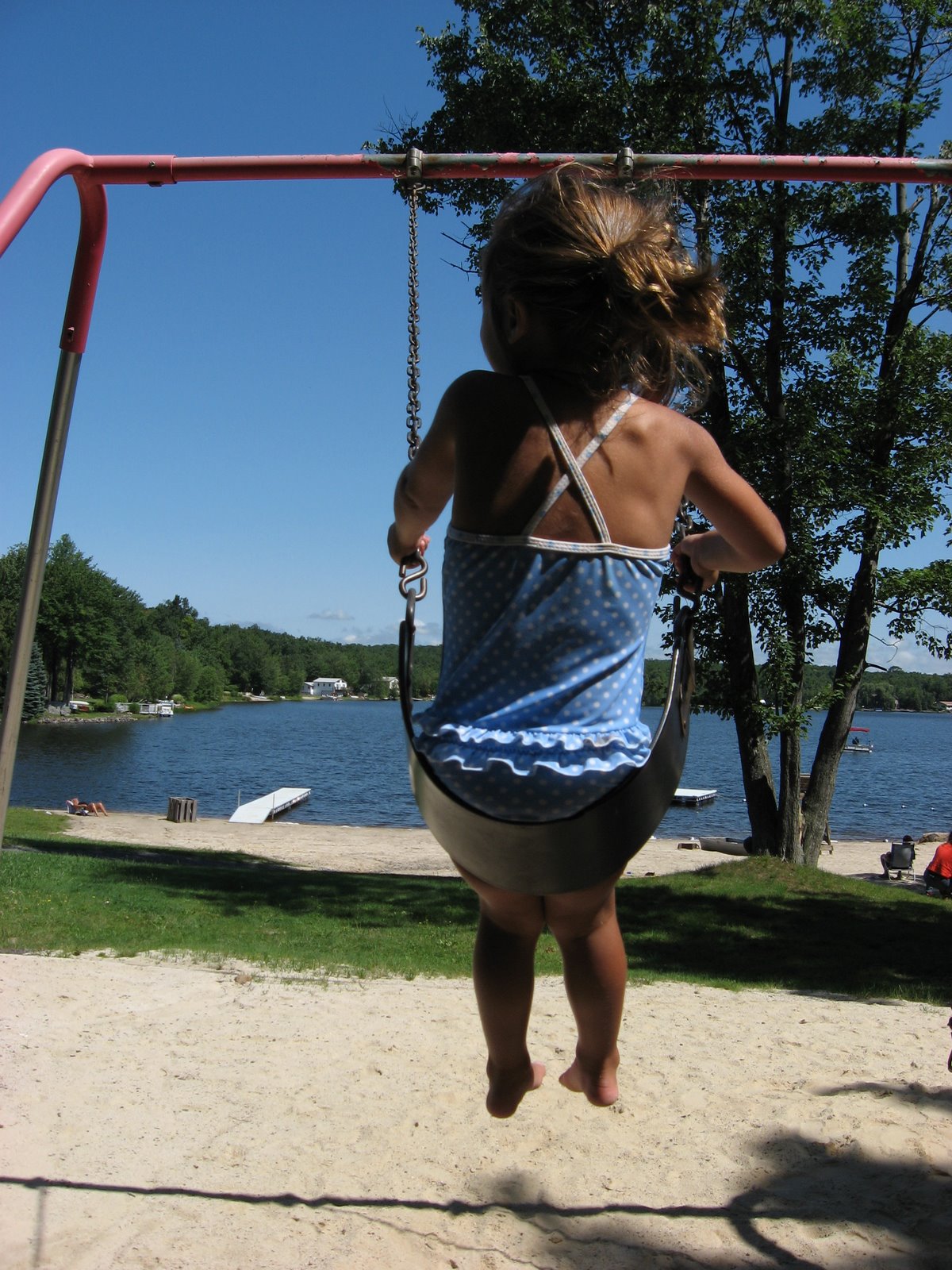When examining the function of the behavior, it is important to determine if the behavior is self-stimulatory in nature, if it is to gain access to a preferred task or object, if it is for attention, or if it is to escape/avoid a certain task or object. The majority of Kate's behaviors are related to her desire to escape or avoid situations that she finds aversive. Most aversive to Kate is pooping on the potty.
I will spare you the gory details of this ongoing struggle. It is downright ugly. In order to avoid sitting on the potty Kate will do one or more of the following, depending on her mood at that particular moment: throw a tantrum, cry, scream, throw herself on the ground, whine, argue, complain, kick, hit, line up her toys, or hide in her room. We ignore and/or redirect Kate when she exhibits the above behaviors and slather on the praise when she sits quietly on the toilet and goes about her business.
One recent night after a lengthy battle, Kate finally accepted her fate and sat on the toilet. She was exceptionally quiet. Too quiet. I gently knocked on the door. No answer. Was she even in there? I opened the door, which was fortunately unlocked. Perched on toilet, slightly askew, sat a sleeping Kate. That's right. Sleeping. On the toilet.
My daughter, master avoider of pooping.

